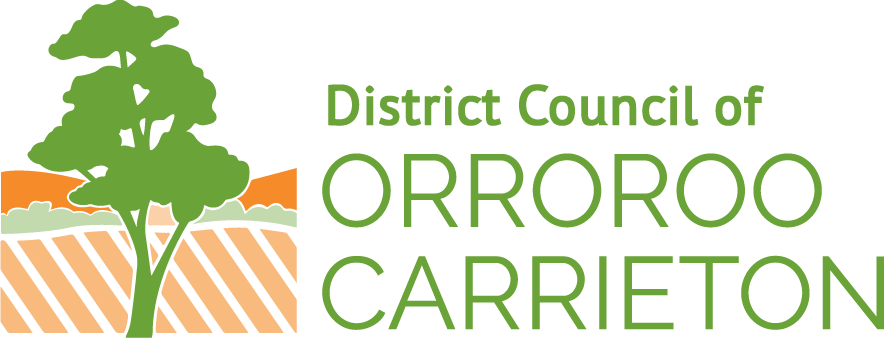Irrigation Tribute
A period of severe drought and failed cereal cropping in the 1880s led to extensive lobbying for an irrigation development at Orroroo to support a dairy industry, provide economic opportunity to the local community and attract new settlers to the area.
In 1907, South Australian Parliament finally approved funding for a dam on Pekina Creek near Orroroo, and the development of an irrigation scheme nearby. The project was experimental, and the first of its kind in South Australia.
With fifteen horse and bullock teams, horse drawn drays, wheelbarrows and hands-on labour, excavation and construction of the site began.
Governor Sir Day Hort Bosanquet officially opened the Pekina Irrigation Scheme on 10 February 1910, to a large crowd of local residents.
The capital cost of the scheme was £51,481, and the capacity of the reservoir was 1,540 megalitres. The irrigation technology was revolutionary, using sprinklers to apply water to the land.
Forty blocks of ten or five acres each to grow Lucerne for cattle were offered for rental in 1908, in anticipation of the opening of the scheme. Every block was allotted, with applications primarily received from farmers and local business people.
Due to dry seasons, water supply from the reservoir was inadequate and by 1912 only six rental blocks were still operating.
A request was made to the Government to enlarge the reservoir, and the dam wall was raised by ten feet. The extra water supply attracted more dairy “blockers” and several families worked the dairies for many years supplying the Orroroo Butter Factory with cream. At its height, the scheme supported a thriving dairying industry, with up to 1000 milking cows.
In 1925 the sprinkler system was superseded by open concrete channel flood irrigation – the sprinklers were prone to blocking up with fine silt, mostly topsoil from bare paddocks in the water catchment area in the Pekina Valley. Water use was metered by Dethridge Metering Wheels within the channel system.
Over 60 years, capacity fell from 1,540 to 600 mega litres after thunderstorms in January 1941 filled the reservoir with silt. By 1944, ongoing siltation had seriously impacted the capacity of the reservoir, a government bore was sunk near the dairy blocks to help augment the reservoir capacity.
Dairy farming declined in the late 1960s and no other industry eventuated to utilise or access the reservoir water. The irrigation scheme was ultimately abandoned in the early 1980s.
